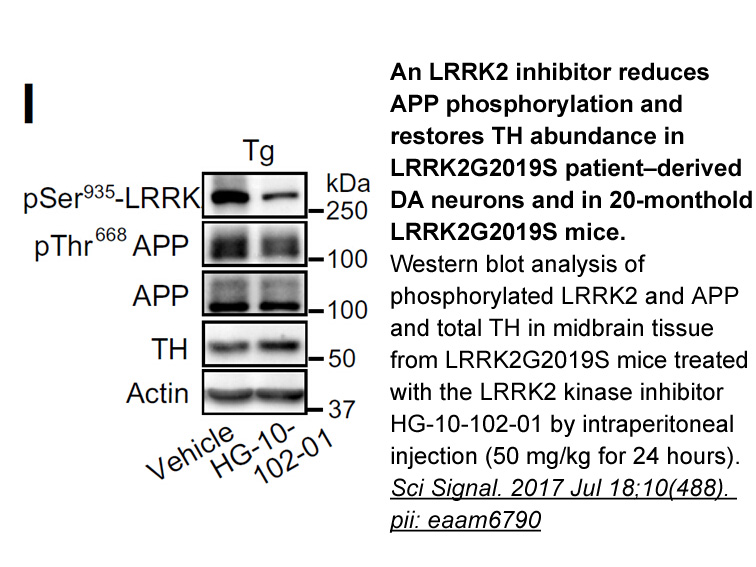Archives
Glucose induced nuclear translocation of several enzymes
Glucose-induced nuclear translocation of several enzymes, including GK, glyceraldehyde-3-phosphate dehydrogenase (GAPDH), muscle GS, aldolase, lactate dehydrogenase (LDH) and phosphoglycerate kinase (PGK) is a well-known phenomenon. Additional functions have been proposed for these enzymes in the nuclei. Of particular interest are their putative roles in gene transcription, nuclear stabilization, DNA repair and DNA synthesis [13], [31], [32], [33], [34]. Recently, we proposed distinct roles for FBPase in the nuclei of liver and kidney sodium fluoride [11]; however, we cannot rule out that the function of nuclear FBPase is to produce Glu-6-P. This nuclear pool of Glu-6-P may generate the NADPH required for the generation of reduced glutathione, which exerts essential antioxidant and detoxifying functions for the maintenance of key protein thiol groups [32], [35].
Acknowledgements
Introduction
The conversion of carbohydrate precursors into glucose (gluconeogenesis) is necessary to maintain the required level of blood glucose in mammals. Gluconeogenic activity occurs mainly in liver and kidney. However, numerous studies have shown that skeletal muscles, although unable to synthesize and release glucose to blood, can synthesize glycogen from carbohydrate precursors (glyconeogenesis) [1], [2], [3].
Fructose 1,6-bisphosphatase (FBPase) [EC 3.1.3.11] is the key enzyme of gluconeogenesis and glyconeogenesis. The enzym e catalyzes hydrolysis of fructose 1,6-bisphosphate (F1,6-P2) to fructose 6-phosphate (F6-P) and inorganic phosphate in the presence of divalent metal ions (Mg2+, Mn2+, Co2+ and Zn2+) [4], [5]. Mammalian FBPases are activated by monovalent cations [4], [5], [6], inhibited competitively by fructose 2,6-bisphosphate (F2,6-P2) and allosterically by AMP [4], [5], [7], [8], [9]. A synergistic effect of both inhibitors on FBPase has also been reported [8], [10].
Liver and muscle isozymes have been found in mammalian tissues [5], [11]. The basic difference between the liver and the muscle FBPase concerns their sensitivity to AMP inhibition. I0.5 for AMP for the muscle isozyme is about 0.1 μM and this value is 50–100 times lower than the corresponding value determined for the liver isozyme [5], [12], [13], [14], [15]. Taking into account that the AMP level in muscle cell is within the range of 20–30 μM and F2,6-P2 is ca. 1–2.5 μM, the muscle FBPase should be almost completely inhibited in vivo [10]. This raises the question of how muscle FBPase may function in vivo, and, following that, how glyconeogenesis can proceed in myocytes.
Previously we have reported that muscle aldolase decreases sensitivity of muscle FBPase to AMP inhibition; in the presence of 10 μM aldolase, I0.5 for AMP for muscle FBPase was increased 10-fold [13].
e catalyzes hydrolysis of fructose 1,6-bisphosphate (F1,6-P2) to fructose 6-phosphate (F6-P) and inorganic phosphate in the presence of divalent metal ions (Mg2+, Mn2+, Co2+ and Zn2+) [4], [5]. Mammalian FBPases are activated by monovalent cations [4], [5], [6], inhibited competitively by fructose 2,6-bisphosphate (F2,6-P2) and allosterically by AMP [4], [5], [7], [8], [9]. A synergistic effect of both inhibitors on FBPase has also been reported [8], [10].
Liver and muscle isozymes have been found in mammalian tissues [5], [11]. The basic difference between the liver and the muscle FBPase concerns their sensitivity to AMP inhibition. I0.5 for AMP for the muscle isozyme is about 0.1 μM and this value is 50–100 times lower than the corresponding value determined for the liver isozyme [5], [12], [13], [14], [15]. Taking into account that the AMP level in muscle cell is within the range of 20–30 μM and F2,6-P2 is ca. 1–2.5 μM, the muscle FBPase should be almost completely inhibited in vivo [10]. This raises the question of how muscle FBPase may function in vivo, and, following that, how glyconeogenesis can proceed in myocytes.
Previously we have reported that muscle aldolase decreases sensitivity of muscle FBPase to AMP inhibition; in the presence of 10 μM aldolase, I0.5 for AMP for muscle FBPase was increased 10-fold [13].
Materials and methods
Results
Several binding models were used to fit the results of real-time interaction data between rabbit muscle aldolase and rabbit muscle FBPase. The best-fitted model describing the interaction accounts for the existence of one binding site on the surface of the FBPase molecule and two conformational states of the complex. A globally fitted apparent binding constant KAapp=(ka1/kd1)/(k2/k3) (where ka1, kd1, k2 and k3 are, respectively, the first association and the first dissociation rate constants, and the rate constants of transformation between two conformational states of the complex) revealed that aldolase interacts with FBPase with KAapp within the range of 4.4×108 to 6.15×108 M−1 (Fig. 1a). Calculated, the association constant (KA=(ka1/kd1)≈2.6×106 M−1) is much higher than that reported previously: KA≈1.15×105 M−1[13]. It can be explained, at least partially, by lower salt concentration in the binding medium used in this study (−50 mM KCl), as opposed to 150 mM KCl used in our previous report.
The stability of the aldolase–FBPase complex was almost insensitive to the physiological concentration (20 μM) of AMP (data not presented) and even a 100 μM concentration of AMP decreased KAapp only about 20 times (Fig. 1b and Table 1). A stronger destabilization of the complex was observed in the presence of F2,6-P2, F6-P and DHAP (Fig. 1b and Table 1). A two-fold higher than physiological, 5 μM concentration of F2,6-P2 caused almost a 60-fold decrease of the affinity of aldolase to FBPase (Fig. 1b and Table 1). The influence of DHAP on the aldolase–FBPase complex was even stronger than the effect of F2,6-P2, and the KAapp value determined in the presence of 40 μM DHAP was ca. 125 times lower than KAapp determined in the absence of DHAP.